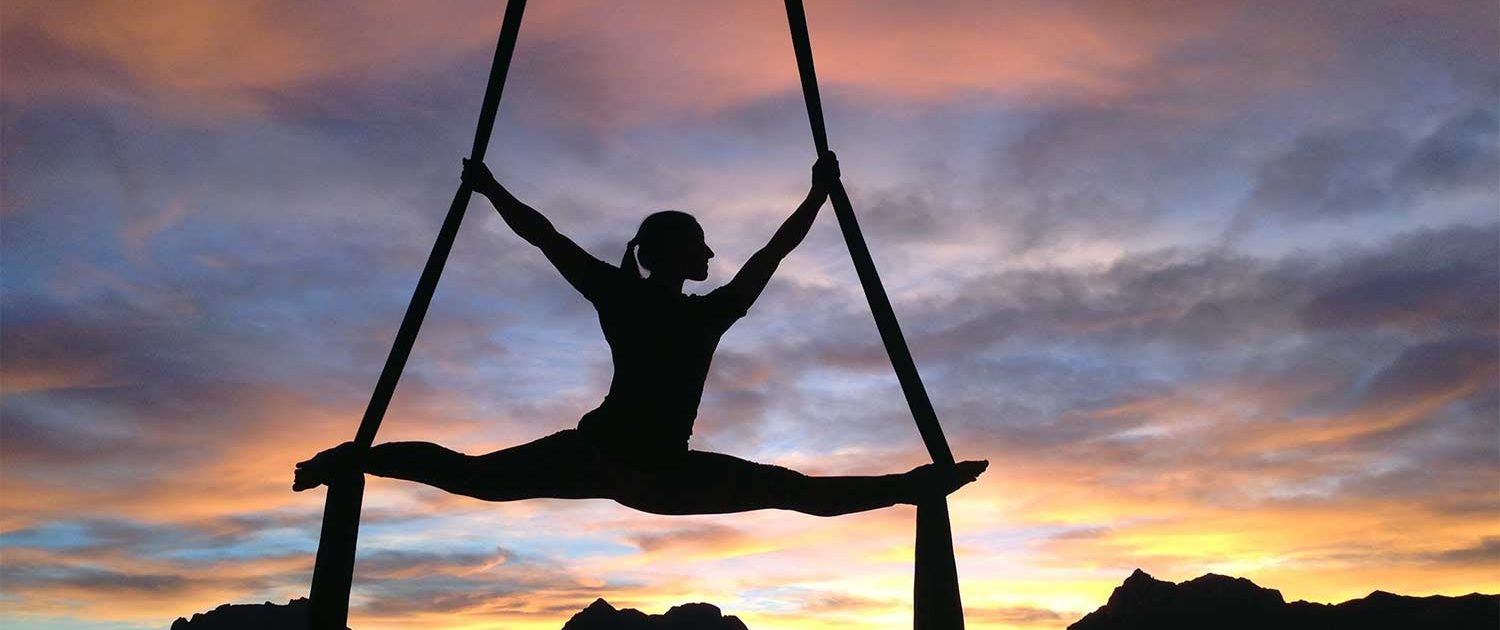History of Aerial Yoga
Aerial Yoga, a recent addition to the sport, uses a hammock or swing for postures difficult to achieve on a mat. This type is helpful for back pain sufferers and those who sit frequently, due to its decompressing effects.
B. K. S. Iyengar
The origins of this Yoga style are somewhat murky. B. K. S. Iyengar, a renowned yoga master, was the first to popularize props in Yoga. While many yogis throughout history have used various devices and hung upside down from trees, Iyengar developed a comprehensive practice incorporating blocks, straps, ropes, and inversion slings.
Similar Device
In 2001, U.S. physical therapist Antonio Cardenas developed a device akin to today’s Aerial Yoga and Yoga Trapeze swings, initially called the “Yoga Swing” and later the “Omni Gym”. In 2003, Kerry Neal in Bali introduced the “Gravotonics Yoga Swing & Exercise System”. “YOGABODY” founder Lucas Rockwood, inspired by inversion slings he saw in Thailand in 2004, launched the Yoga Trapeze after three years of development. Richard Holroyd established “Aerial Yoga London” in the UK by 2011, later moving to India in 2017 to further evolve the practice.
Aerial Yoga VS Yoga Trapeze
There’s no substantial difference between Aerial Yoga and Yoga Trapeze. Despite two names, they represent a novel, thrilling yoga style. Aerial Yoga tends to follow Iyengar traditions with a spiritual aspect, focusing on static, yin elements, while Yoga Trapeze leans towards more dynamic, yang activities. Confusingly, other activities using similar inversion slings also label themselves Aerial Yoga. This includes AntiGravity Fitness by Christopher Harrison, which is more akin to gymnastics and dance, later adapted into AntiGravity Yoga.
Overall Benefits
Crucially, the suspended hammock facilitates movements aiding spinal decompression, enhancing muscle and joint flexibility and health. The constant suspension and swinging engage more muscles compared to traditional ground exercises.
Try our Aerial Yoga Package at Mondo Village.

